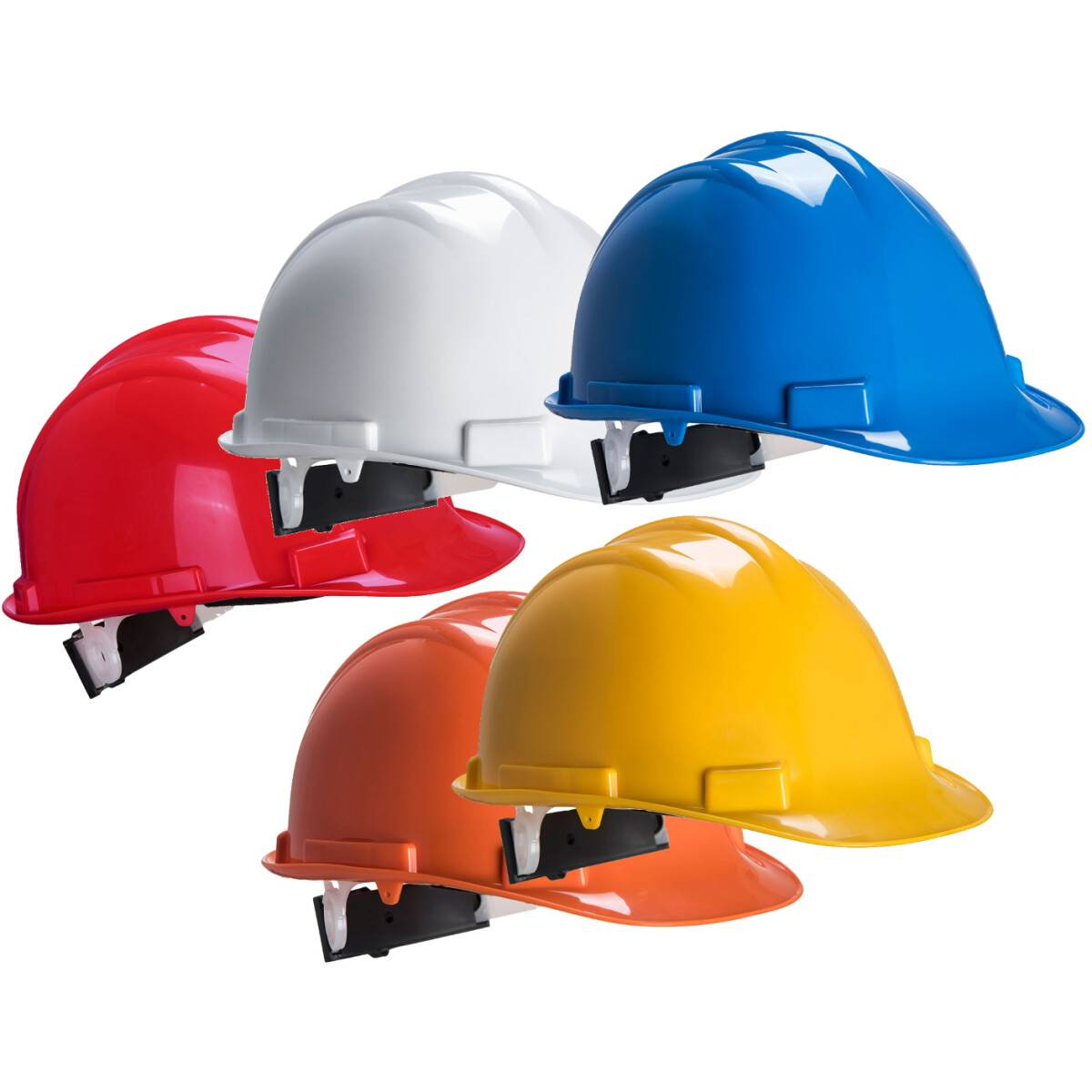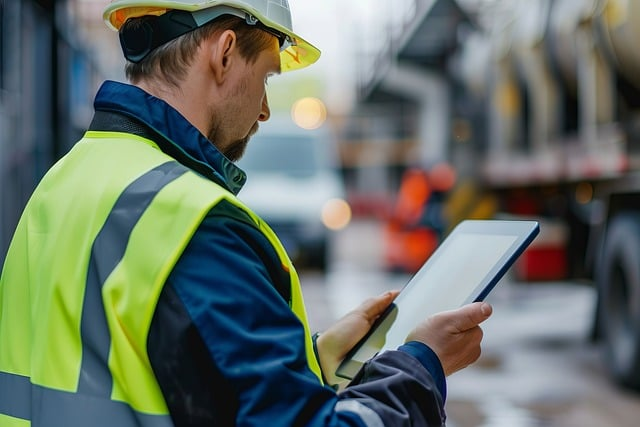In the construction industry, where the potential for injury is high, the importance of wearing a hard hat product cannot be overstated.
Hard hats, also known as safety helmets, including brands like nikki safety helmet and v gard, are vital for protecting workers from head injuries caused by falls, collisions, or accidents on the job site.
Hard hats comes in v gard ,nikki safety helmets and varoius colours for duel purposes like blue,grey,orange,yellow,black,white,green and red depedning on safety helmet and comfort
The class,item can change for each project on item that are relivent
- Begin with a white canvas: Planning phase for use of nikki safety helmet and hard hat
- Outline in black: Define project boundaries for use of safety helmets
- Add red for energy: Initiate actions

- photo of a hard hat or a nikki safety helmet
- Yellow for caution: Monitor risks
- Orange for innovation: Implement creative solutions
- Finish with blue: Evaluate and conclude
- colours are set for specs safety helmets like white,yellow and blue

The Purpose of Safety Helmets in Construction
Safety helmets are designed to provide a barrier against injuries to the head, which can be life-threatening and are unfortunately common in construction work.
the hard hat and v gard are crucial to give green lights on projects

Types of Safety Helmets and Their Importance

Safety helmets, crucial for construction safety, include Hard Hats for impact and electrical protection, Bump Caps for low-risk tasks, and Rescue Helmets with rescue accessories.
Choosing the right type based on task and risk is essential.

1. Hard Hats (Type I and Type II)
- Type I Hard Hats are designed to reduce the force of impact from a blow to the top of the head.
- Type II Hard Hats offer additional protection against lateral impacts. These helmets are essential for work environments where side-impact accidents are a possibility, such as in tight spaces or areas with moving machinery.
2. Full Brim and Cap Style Helmets

- Full Brim Helmets feature a wide brim that surrounds the entire helmet, offering added protection against sun exposure, rain, and falling debris.
- Cap Style Helmets have a shorter brim at the front. While they provide less overall coverage than full brim helmets, they are lighter and more comfortable for long-term wear.
3. Ventilated and Non-Ventilated Helmets

- Ventilated Helmets are equipped with air vents to keep the head cool in hot conditions, making them ideal for outdoor construction work during warmer months.
- Non-Ventilated Helmets lack these vents, providing a more controlled environment in terms of temperature and exposure to hazardous materials.
4. Electrical Protection Helmets

These helmets are specifically designed to reduce the risk of electrical shocks. They are made from non-conductive materials and are essential for electricians and anyone working near live electrical wires.
Choosing the Right Safety Helmet

When selecting a safety helmet, consider the specific hazards present in your work environment. For instance, if you work in an area with a high risk of falling objects, a Type II helmet may offer the best protection.
Similarly, if electrical hazards are a concern, an electrical protection helmet should be your top choice.
Other factors to consider include comfort, fit, and the helmet’s compliance with safety standards such as those set by the EN 397 standard in Europe or the ANSI Z89.1 in the United States.
A well-fitting helmet that meets or exceeds these standards is essential for ensuring maximum safety on the job.
Standards and Regulations for Safety Helmets: Ensuring Proper Protection

To guarantee top protection, hard hat must adhere to strict standards such as the US's ANSI Z89.1 and Europe's EN 397.
These standards assess helmets for impacts and hazards, categorising them based on specific risks and ensuring features like shock absorption and penetration resistance.
Compliance with these guidelines significantly reduces the risk of head injuries.
making it crucial for workers to select approved helmets and for employers to provide them.
The models of v gard

Conclusion

Wearing a high-quality construction helmet is crucial for preventing head injuries and ensuring worker safety.

It's important to choose the right helmet for specific needs to reduce workplace injuries. Consistent and correct usage is key to protection. For those in construction, investing in a quality helmet is investing in their safety and future.
Stay protected and safe.

